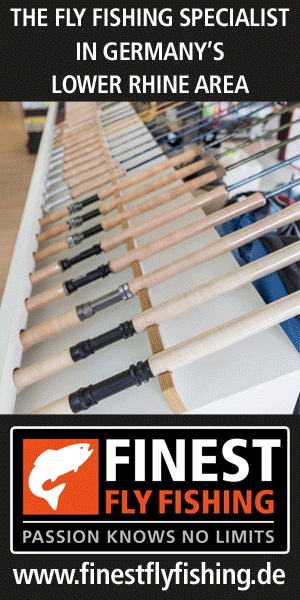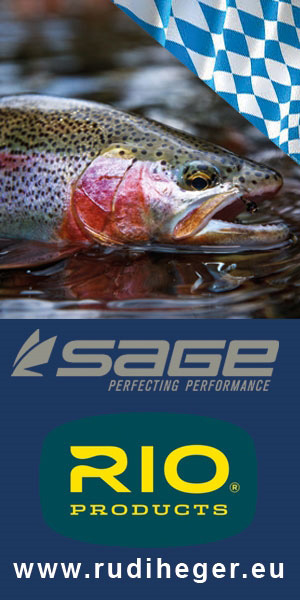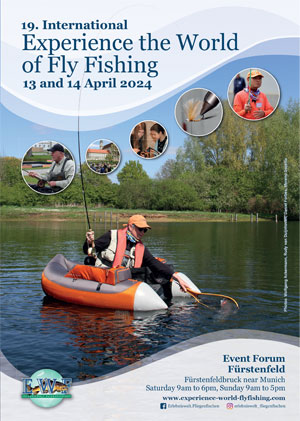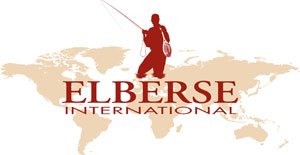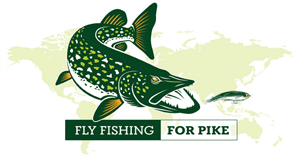
S&TC welcomes the new agreement between the Atlantic Salmon Federation (ASF), the North Atlantic Salmon Fund (NASF), and commercial fishermen in Greenland and the Faroe Islands; which will protect thousands of adult wild Atlantic salmon.
NASF & ASF Agreement
The Atlantic Salmon Federation (ASF) and the North Atlantic Salmon Fund (NASF) have signed new agreements with commercial fishermen in Greenland and the Faroe Islands that will protect thousands of adult wild Atlantic salmon from commercial nets and longlines, allowing them to return to North American and European rivers. We welcome the NASF & ASF agreement with open arms, especially the deal to buy-out the commercial quota at Greenland, and look forward to seeing its effect on the wild fish we work hard to protect.
As Paul Knight, CEO of Salmon & Trout Conservation, says:
“This is an excellent deal to protect wild Atlantic salmon from excessive exploitation in one of its major feeding areas. We now hope that the Greenland Government will support the initiative with an effective monitoring programme to ensure that only a subsistence fishery takes place over the next twelve years. We also look to the North Atlantic Salmon Conservation Organisation (NASCO) to recognise the deal and to add its support, and to urge the Greenland Government to continue its involvement in tighter regulation, monitoring and sampling that has resulted in better control of the fishery in recent years.”

What is the agreement?
The new Greenland Salmon Conservation Agreement will be for a period of twelve years (2018- 2029). Representatives of ASF, NASF, and the Association of Fishers and Hunters in Greenland (KNAPK) finalised the agreement on May 24th in Reykjavik, Iceland, after more than twelve months of negotiations. The Faroe Island agreement between ASF, NASF, and the Faroese Salmon Fishing Vessel Association (Laksaskip) was signed in Reykjavik on May 22nd, continuing a decades-long suspension of commercial salmon fishing dating back to 1991.
Under the terms of the agreement, the Greenland and Faroese delegations to the North Atlantic Salmon Conservation Organization (NASCO) will declare zero commercial quotas at next month’s international summit in Portland Maine. As a result, mature salmon that would otherwise be removed by commercial nets will begin returning to their home rivers in the spring of 2019.
In exchange for no commercial salmon fishing in Greenland, ASF and NASF will financially support alternative economic development, scientific research, and education initiatives focused on marine conservation. A subsistence harvest by licensed recreational fishermen for personal and family consumption will continue.
Why is is it important?
The coastal waters of Greenland and the Faroe Islands are critical ocean feeding grounds for large wild Atlantic salmon from hundreds of rivers in North America and Europe. Commercial catches in these areas are known as “mixed-stock” fisheries because salmon are captured from relatively healthy populations as well as endangered ones. This impacts vulnerable rivers like the Penobscot River in the US and the St. John River in Canada, as well as iconic rivers with reduced counts, such as the Tweed in Scotland, Iceland’s Bix Laxa, and the Alta in Norway.
A twelve year commercial fishing hiatus will provide relief for two entire generations of wild Atlantic salmon and population benefits are expected to be significant.
Words above based on original press release from NASF.
Read more on the Salmon & Trout Conservation website.
